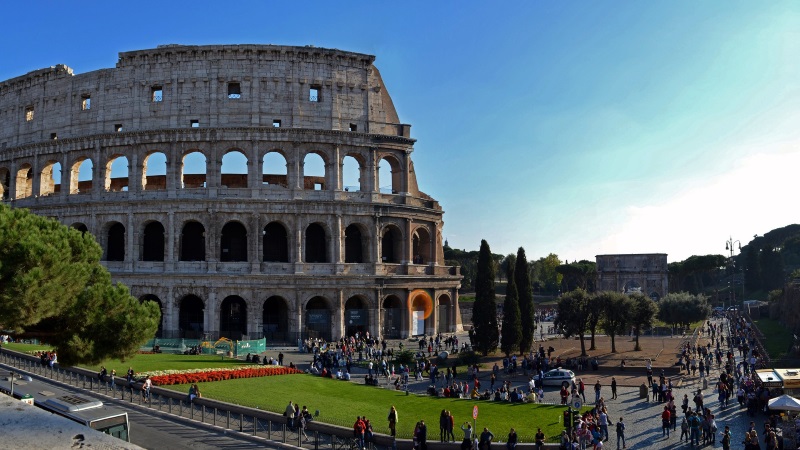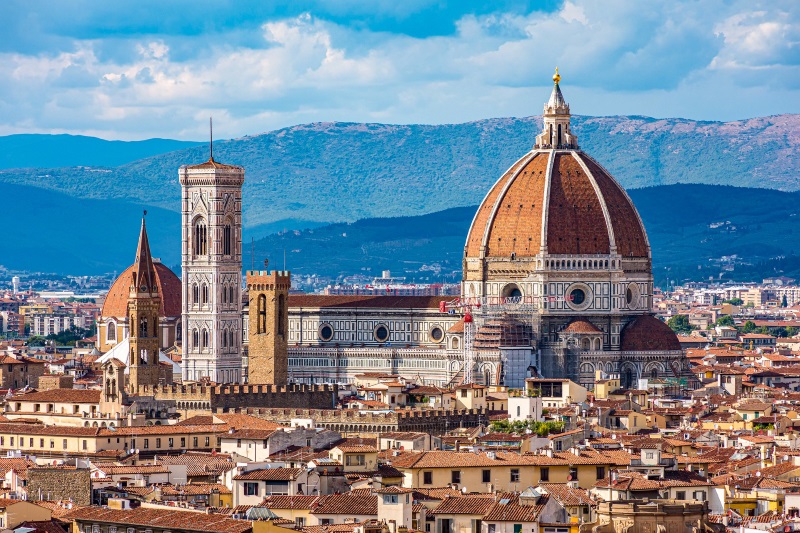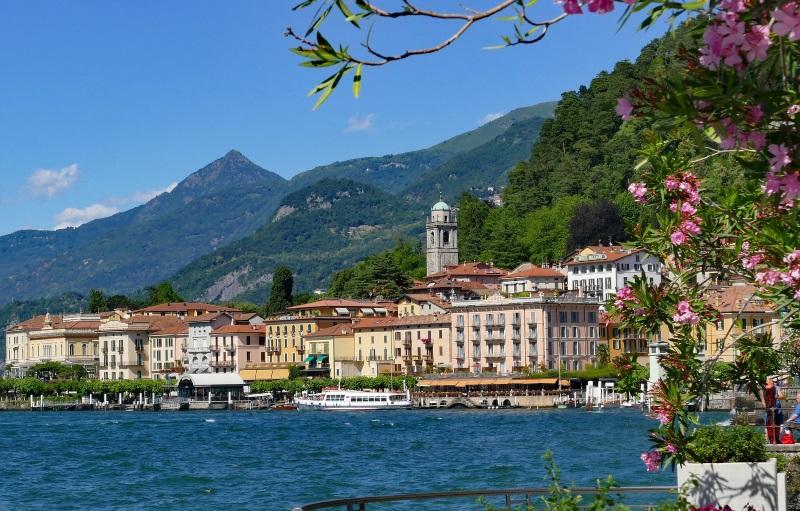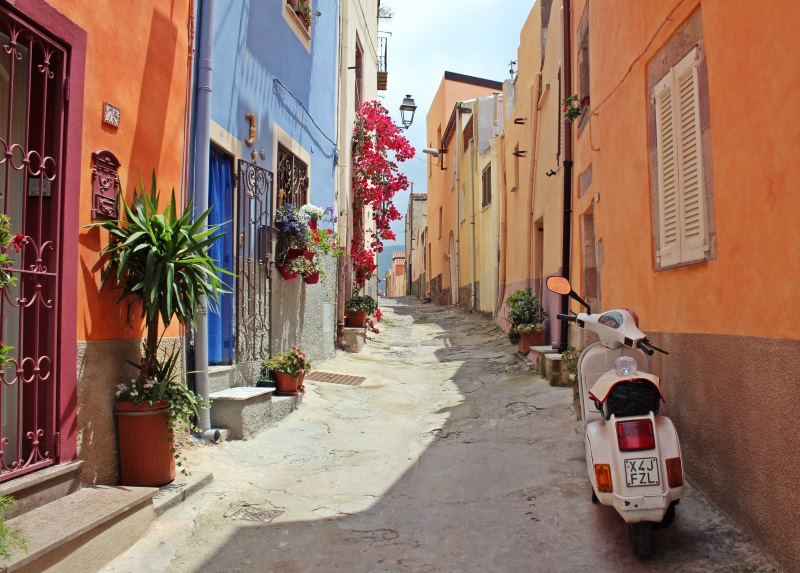Read the Introduction to Italy
Italy, officially the Italian Republic, is one of the most-visited countries in Europe. Alongside France, Spain, the USA, and China, it is among the five most popular countries in the world among travelers. Furthermore, this South European nation shaped the global past and present in many ways. And this Italy guide will help you grasp its historical significance and make the most of your trip.

Italy consists of the mainland (Apennine Peninsula), two large islands (Sicily and Sardinia), and hundreds of small ones. Also, it accesses four seas—the Mediterranean, Adriatic, Ionian, and the Tyrrhenian. Besides France and Switzerland in the northwest, the republic borders Austria and Slovenia in the northeast.
The Italian peninsula gave birth to the Roman Empire, one of the first superpowers in history. Next, it is home to the Catholic Church, one of the world's most influential organizations, which has always been a great patron of arts. Finally, the University of Bologna, established in 1088, is the oldest college in Europe.
Italy Guide: Top Tourist Destinations and Things to Do on Your Trip
There are many reasons why you should visit Italy. And we could summarize most of them with the following terms - pizza, pasta, wine, Baroque, Renaissance, Christianity, and Cezar.
Next, the nation boasts diverse cities such as:
- Rome, an open-air museum abounding with Roman-era landmarks and Baroque churches
- Venice, an archipelago-city called the Bride of the Adriatic, in which you commute by boat instead of car or bus
- Florence, the birthplace of the Renaissance (dome of Florence Cathedral) and home of museums (Uffizi, Accademia) exhibiting some of the western art masterpieces

- Milan, the world's capital of fashion, where you can see Leonardo Da Vinci's The Last Supper mural
- Naples, with its network of underground tunnels, some 450 kilometers/280 miles long
- Torino (Turin), the original capital of unified Italy from where chocolate, as we know it, conquered the world
- Ravenna, famous for ancient mosaics adorning its early-Christian basilicas
Furthermore, make sure to:
- See masterpieces of Michelangelo Buonarroti (David, Sistine Chapel, the Pieta) in Florence and Rome
- Admire paintings by Rafael and Saint Peter's colonnades by Bernini in the Vatican, the popes' seat and the world's smallest state
- Also, relish works of art by Titian, Tintoretto, Veronese, and many other renowned artists in churches, museums, and palaces of Venice
- Tour Doge's Palace in Venice, Palazzo Vecchio and Duomo (Cathedral) in Florence, Colosseum and Forum in Rome, Duomo in Milan, and Palazzo Reale (Royal Palace) and Egyptian Museum in Torino
What Else to Visit on the Apennine Peninsula?
Next, Italy boasts ski resorts (the Dolomite Mountains), scenic lakes (Como, Maggiore, Garda), Tuscan vineyards, and Amalfi Coast's cliffside settlements. Leaning Tower of Pisa, colorful Cinque Terre, and Pompei, a Roman-era town reclaimed from Vesuvius's volcanic ashes, should also be in your Italian itinerary.

If you are willing and have enough time, also check out:
- Genoa, a former Mediterranean maritime power and Venice's main competitor
- Verona, a city where the legend of Romeo and Juliet unfolded
- San Gimignano, near Florence, a small medieval town with defensive walls
- Rimini, a summer resort on the Adriatic coast and
- Baiae, near Naples, an archaeological site and a Sin City of the Roman Empire
How to Travel Italy Best?
The Apennine Mountain range spans most of the Italian peninsula. However, getting around by car is easy and the ideal way of exploring the republic. Furthermore, you might consider renting a scooter (Vespa) if traveling lightly.
Getting around by rail is the next best option for passionate explorers. As for travelers in a hurry, they may resort to high-speed trains and airlines to cover moderate and long distances.
Anyway, try to allocate a lot of time for your Italy trip since you don't want to rush. Given that you travel by car, you'll discover the Alps in the north, the hills and valleys of Tuscany in the center, and mountains in the southeast.

You will drive around three hours to get from one major Italian city to the next nearest (Venice to Milan, Florence to Rome, Naples to Bari, etc.). So, benefit from short travel times to visit a winery, tour a Benedictine or Franciscan monastery, or see mansions with manicured gardens by the lake along the way.
In most cases, trains can take you between the big cities of Italy and further to remote destinations quickly.
Stay tuned for additional, in-depth insights and tips about your intended trip, and check out our Italy guide and travel blog once in a while.
